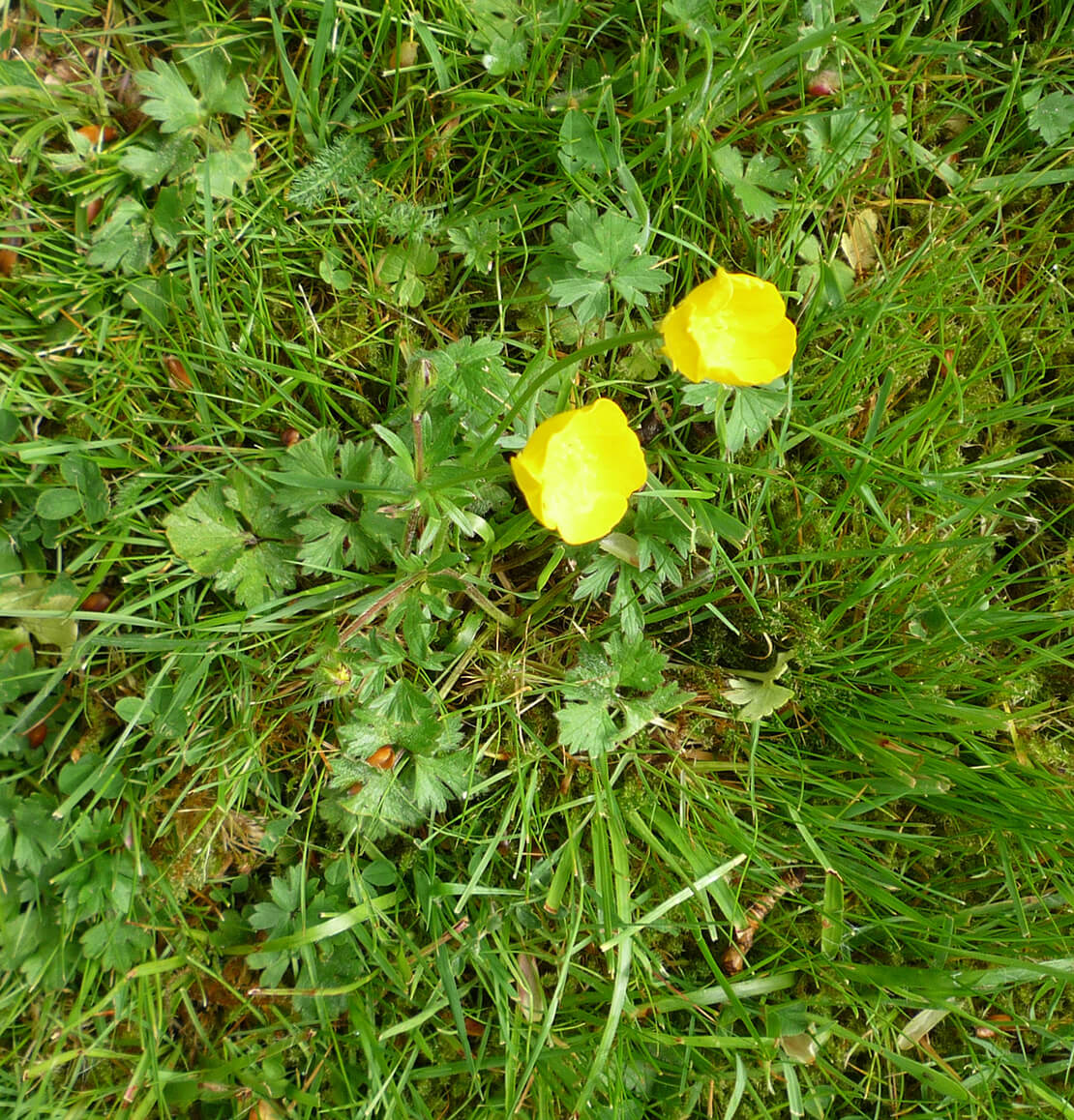
#Celery leaf buttercup weed how to#
Knowing how to correctly identify poisonous plants will help prevent potential problems and perhaps an animal’s death. In addition, you’ll find information about poisoning symptoms and names some of the plant’s toxic compounds. We’ll describe what they look like, where they grow, their poisonous parts and when they’re most poisonous. On this page, we identify and describe many of the poisonous plants in Minnesota. However, when feed is short or animals are hungry, plants normally avoided become a tempting source of feed and a potential poisoning problem. When animals have adequate feed, they’ll avoid most poisonous plants. In a drought year or a year when feed is short, take extra precautions to look over new areas planned for grazing or haying such as roadsides, wooded areas or sloughs. Examine pastures, hay fields, roadsides and fence rows for poisonous plants. Become familiar with the plants that can cause problems. The key to avoiding problems with poisonous plants is to properly identify these plants and avoid them. Strategies for preventing poisoning Identify poisonous plants Also, if there are poisonous plants in the pasture, it’s best to keep all livestock out until the plants have died. This is why it’s important to read the herbicide label and follow all grazing restrictions. Plants an animal normally wouldn’t touch become a potential source of food and a potential source for poisoning, just because the animal is hungry and searching for food.Īlso, some herbicides may increase the palatability of some weeds. Most poisonings occur in the early spring or during a drought when feed is short.


Tags: #yellow flowers #winter annual weed #high maintenance #fast growing #disturbed areas #hairy leaves #hairy stems #problem for cats #problem for dogs #problem for horses #weed See this plant in the following landscape: Cultivars / Varieties: Select a variety adapted to your area and fertilize, mow, and water at recommended rates. The low, broad growth habit is not hampered by mowing so weed management strategies may be needed.

Healthy turf is the best way to prevent winter annual weeds. The achene fruits grow in clusters of up to 35. The petioles are often over an inch long attaching the hairy stem to the hairy leaves which are usually divided into three leaflets. Each petal is usually less than a third of an inch long. The yellow, five petaled, flowers have five reflexed sepals. It can quickly out compete weak turf, particularly where the soil is moist or in shade. It matures and produces seed in the spring dying back in late spring or early summer. It has ascending to erect form and very hairy leaves and stems, hence the common name. It thrives in disturbed areas, particularly in moist ones and has dense fibrous roots.

However warm weather in winter may trigger growth. This broadleaf, winter annual germinates in the fall or winter and remains dormant until spring. Hairy buttercup is a weed in the Ranunculaceae (buttercup) family native to the Canary Islands, North Africa, and Europe. Phonetic Spelling ra-NUN-ku-lus sar-DOH-us This plant has low severity poison characteristics.


 0 kommentar(er)
0 kommentar(er)
